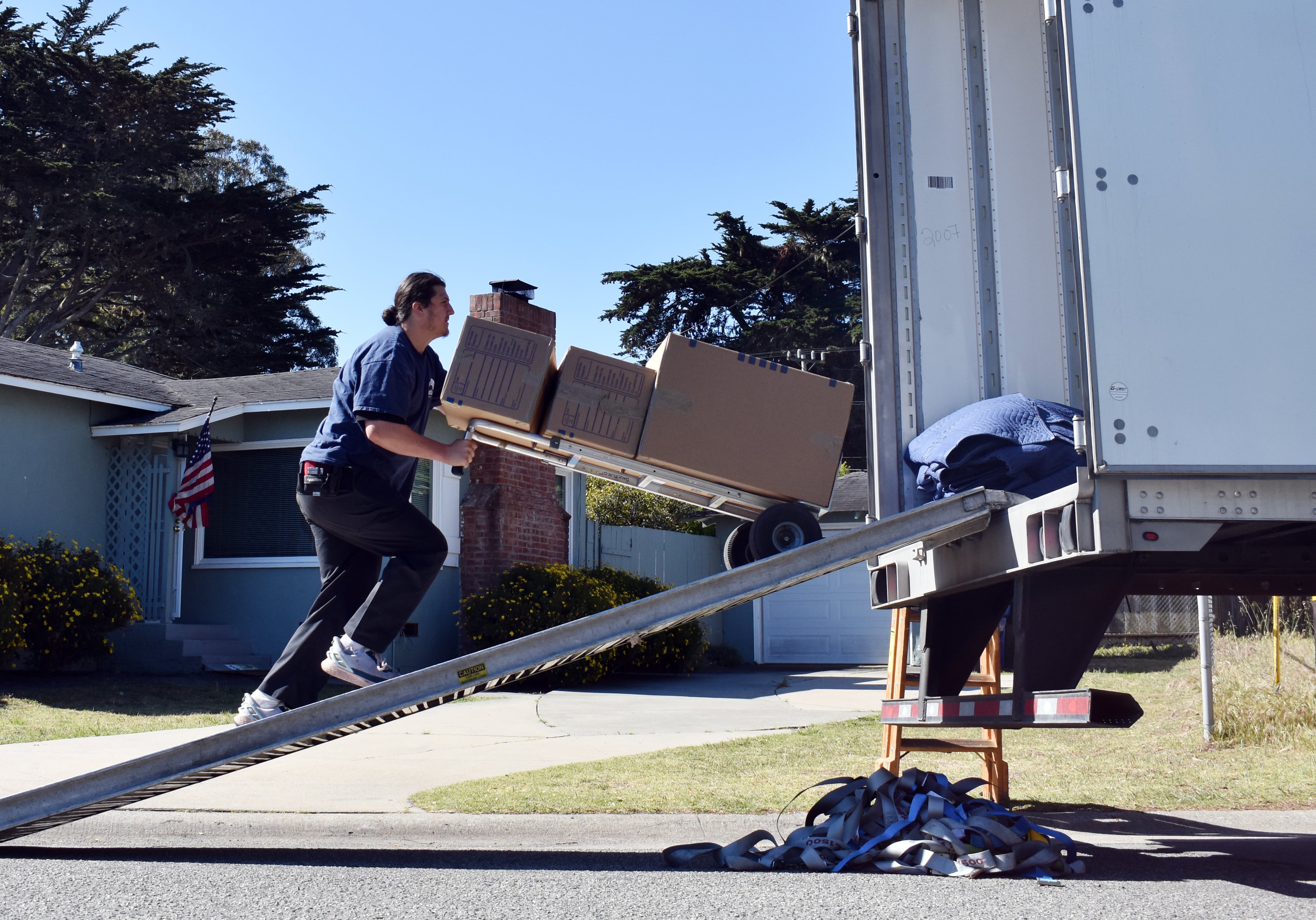The Air Force's fighter pilot shortage, recently addressed by Chief of Staff Gen. David Goldfein, isn't the only deficit the service is facing. It also needs a major influx of personnel to bolster the maintainer ranks, the service's top civilian leader said Tuesday.
But just piling on more airmen isn't a solution, either. Secretary Deborah Lee James said that with the growth from 311,000 active-duty airmen to 317,000 by Sept. 30, "a good part of that end strength is going to go to the maintenance force."
"We're going to grow beyond that, so we project [that] the next time we submit a budget we'll be going several thousand [airmen] higher than that, and I think maintenance will continue to get additional end strength," James said at a leadership breakfast hosted by DefenseOne.
The Air Force now has about 4,000 fewer maintainers than it needs, Air Force Chief of Staff Gen. David Goldfein said last month.
The issue is not only defined by lack of numbers in the career field, but also by a lack of experience.
"At the moment we probably have more of the younger, less experienced maintainers, and fewer of the older, more experienced maintainers, and that's where we're most short," James said.
As with pilots, part of the Air Force’s plan to address the issue is to provide cash incentives to attract and retain maintainers. Earlier this year, the Air Force outlined an initial enlistment bonus plan to that could give brand-new maintenance and avionics airmen a cash boost. under this bonus expansion.
The service added 43 new Air Force Specialty Codes to the initial enlistment bonus list. as of April 1; New airmen who entered active duty on or after April 1 and sign up for six-year enlistments for those jobs — including 10 newly added aircraft maintenance and avionics career fields — willo entered active duty on or after April 1, could get a $2,000 bonus.
"We have a robust program now of bonuses for our maintenance force, but truth in advertising, it's going to take us years to get out from under this," James said, "because we're bringing in new people which will just swell the ranks of the more juniors, and it will take years to season them."
Goldfein, testifying before the Senate Armed Service Committee June 16, said it can take up to two years to train new maintainers with the proper skill sets to get them qualified to do basic maintenance, and then it takes another five years before they can become supervisors.
The Air Force will continue to look at quality-of-life incentives, James said, to keep the more experienced maintainers on board, especially during a time when fighters, bombers and remotely piloted aircraft are busier than ever across the globe. To help hold on to its veteran maintainers, the service is offering them incentives such as re-enlistment bonuses and high-year tenure extensions.
In the meantime, to offset the transition, James said the Air Force is using "a number" of contractors for a variety of maintenance activities.
In February, officials announced that some legacy active-duty maintenance units, for example the F-16 Aggressor Squadron maintenance at Eielson Air Force Base, Alaska, will temporarily transition to contract maintainers from fiscal 2017 through fiscal 2020.
As contract maintainers funnel through, airmen will begin moving to operational units in the summers of 2017 and 2018, according to a release. The Air Force plans to phase out the contract support by 2020, the release said.





